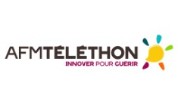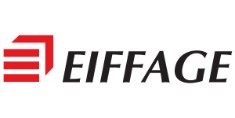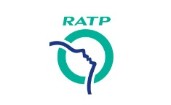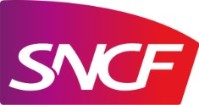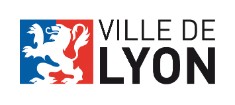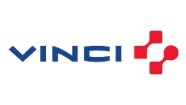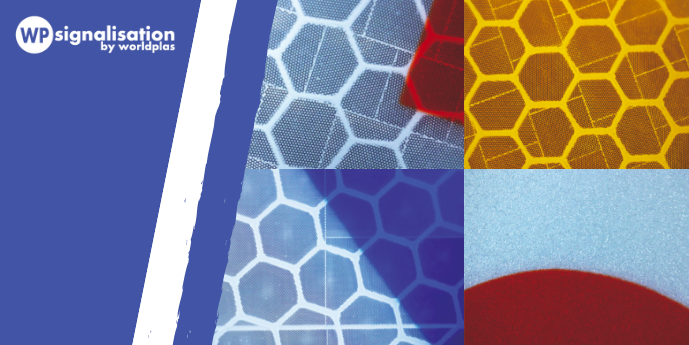
What is the class or retroreflection of a sign?
When you want to illuminate your roads with the retroreflection of traffic signs, it is important to know the different classes. Let us explain!
Retroreflection refers to the class of a traffic sign. This means that the class indicates the intensity of light reflection of a sign. When the class is higher, the brightness of the sign will be more reflected.
And so what is retroreflection ?
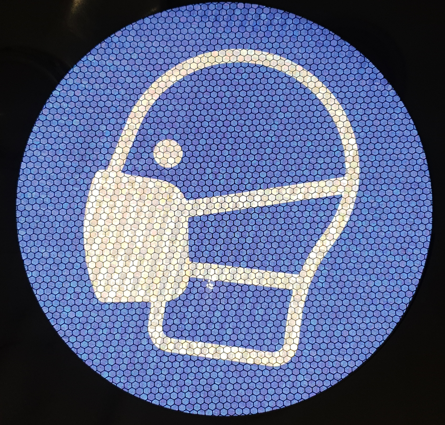
Retroreflection is a method aimed at making traffic signs visible, particularly in darkness. It relies on technology involving microprisms or microbeads, which enable the reflection of light back towards its source, typically the headlights of vehicles.
The process works as follows : vehicle headlights illuminate the traffic signs, and thanks to retroreflection, the light generated by the signs redirects towards the drivers. This highly effective action enhances visibility and contributes to safer roads for drivers.
What is the difference between a microbead retroreflective film and a microprism retroreflective film ?
The difference lies in the materials used to create the retroreflective films.

Microbead film is made of small glass beads that are then installed on a metallic mirror.

Whereas microprismatic film is made of small diamond-shaped prisms arranged side by side.
The different classes
There are 3 classes that distinguish themselves according to their retroreflection performance.
Class 1 :
This is the minimum class that should be used for signs. They are often used in sparsely populated rural areas or settlements when Class 2 is not required, or on private roads.
Features :
Minimum retroreflection performance : 50 cd/lux/m²
Visibility : up to 100 meters
Lifespan : 7 years
Class 2 :
Class 2 should be used for priority and intersection signs of type AB and for signs on highways, heavily trafficked roads, as well as those where the speed is greater than or equal to 70 km/h, and also in rural areas for signs and sign plates installed at a height of more than 2 meters.
Features :
Minimum retroreflection performance : 180 cd/lux/m²
Visibility : up to 250 meters
Lifespan : 10 years
Class 3 :
Class 3 is only allowed for type AB signs in urban areas and on roads where the speed limit is 70 km/h, and also for signs placed at a height of more than 2 meters.
Features :
Minimum retroreflection performance : 425 cd/lux/m²
Visibility : 500 meters
Lifespan : 12 years
According to the regulations
Standardized traffic signs and complementary panels must be covered with retroreflective film. Furthermore, this retroreflective film must be of similar class for both. This rule also applies to signs on the same support.
According to circular n°93-05 dated January 31, 1992, a traffic sign must be replaced as soon as the retroreflection values fall below 70% of the minimum values when new.
Expert Advice
Professionals recommend using microprismatic films due to their characteristics of being more reflective and more resistant to weather and wear.
What WP Signalisation Offers
We offer retroreflective films in white and yellow backgrounds for all 3 classes. For Class 1, you can choose between microbead or microprismatic films, and for Classes 2 and 3, we recommend microprismatic films.
Discover our retroreflective traffic signs in our shop panneaux de signalisation.
For more information about retroreflective films, please contact us through our contact form.
